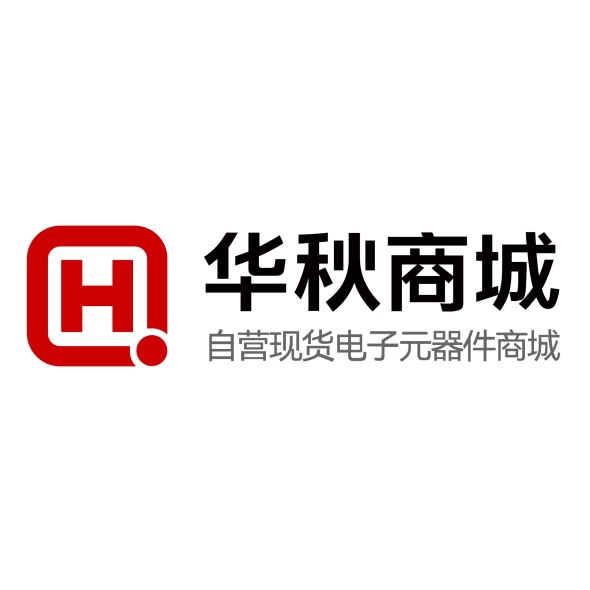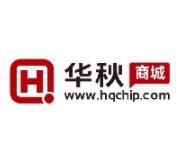| Vin (Min) (V) | 1.8 |
| Vin (Max) (V) | 3.6 |
| Vout (Min) (V) | 3.3 |
| Vout (Max) (V) | 3.3 |
| Iout (Max) (A) | 0.1 |
| Regulated outputs (#) | 1 |
| Switching frequency (Min) (kHz) | 210 |
| Switching frequency (Max) (kHz) | 450 |
| Iq (Typ) (mA) | 0.055 |
| Features | Enable |
| Rating | Catalog |
- High Average Efficiency Over Input Voltage Range Because of Special Switching Topology
- Minimum 200-mA Output Current From an Input Voltage Range of 1.8-V to 3.6-V
- Regulated 3.3-V or 3-V ±4% Output Voltage
- No Inductors Required, Low EMI
- Only Four External Components Required
- 55-uA Quiescent Supply Current
- 0.05-uA Shutdown Current
- Load Disconnected in Shutdown
- Integrated Low Battery and Power Good Detectors
- Evaluation Module Available (TPS60120EVM-142)
- Applications
- Applications Powered by Two Battery Cells
- Portable Instruments
- Battery-Powered Microprocessor Systems
- Miniature Equipment
- Backup-Battery Boost Converters
- PDAs, Organizers, Laptops
- MP-3 Portable Audio Players
- Handheld Instrumentation
- Medical Instruments (e.g., Glucose Meters)
- Cordless Phones
PowerPAD is a trademark of Texas Instruments Incorporated.
The TPS6012x step-up, regulated charge pumps generate a 3.3-V or 3-V ±4% output voltage from a 1.8-V to 3.6-V input voltage (two alkaline, NiCd, or NiMH batteries). They can deliver an output current of at least 200 mA (100 mA for the TPS60122 and TPS60123), all from a 2-V input. Four external capacitors are needed to build a complete high efficiency dc/dc charge pump converter. To achieve the high efficiency over a wide input voltage range, the charge pump automatically selects between a 1.5x or doubler conversion mode. From a 2-V input, all ICs can start with full load current.
The devices feature the power-saving pulse-skip mode to extend battery life at light loads. TPS60120, TPS60122, and TPS60124 include a low battery comparator. TPS60121, TPS60123, and TPS60125 feature a power-good output. The logic shutdown function reduces the supply current to a maximum of 1uA and disconnects the load from the input. Special current-control circuitry prevents excessive current from being drawn from the battery during start-up. This dc/dc converter requires no inductors, therefore EMI is of low concern. It is available in the small, thermally enhanced 20-pin PowerPADTM package (PWP).








